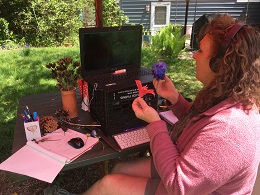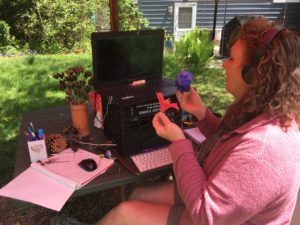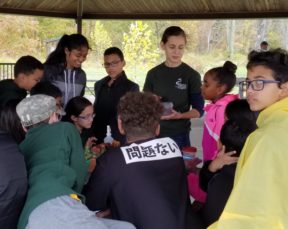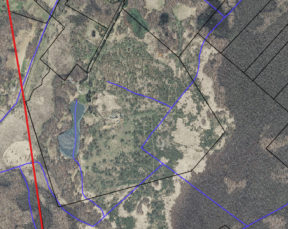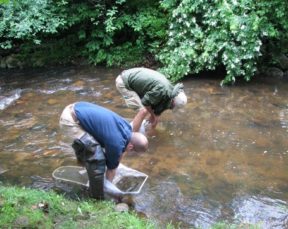By Hazel England, Director of Education, Outreach and Land Stewardship
2020 is the year that education had to reinvent itself. With pandemic safety being the foremost concern on everyone’s mind, educators nationwide are battling a whole new set of challenges to cope with class size restrictions and changes in lesson duration and type of activities offered. We at GSWA have been busy over the last months writing grants to underwrite our upcoming school-based educational programming as we deal with the ongoing realities of COVID, and its insidious impact on in-person learning.
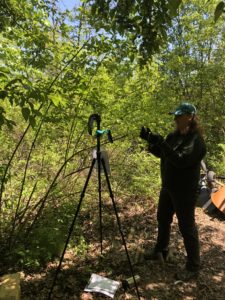

Educator Hazel England at a remote learning session at our Conservation Management Area
What’s Staying the Same?
We will continue to work with schools across our watershed region – and we will continue to offer programming that satisfies a number of factors; that it furthers our mission, is Next Generation Science Standard correlated, and is offered through some novel delivery methods.
As environmental educators, we were able to walk into a classroom, playground, or field site and teach experientially with little preparation. We know how that works. Now, we must rethink both our content and approach – we must teach through screens instead of in person, both live and asynchronously. We are gearing up to pivot our existing programs to these new formats, become storyboarding videographers, editors and Vloggers, and with a huge learning curve to get up to speed on these new delivery methods and approaches!
What’s Changing?
A typical class period is 45 minutes and we fill every minute with demonstration, activity and back and forth question and answer focused content. When students learn remotely, we will instead have 20-25 minutes in which to connect with students live. We are developing self-paced content that we can provide as pre- and post- live lesson content. We are learning how to present effectively from the field via live streams and get used to talking to iPhone and cameras rather than students interested faces. We are presenting from back yards and dining tables. It’s different, but it also throws up many opportunities for new ways to present. We’ve already been out filming clips to edit into our presentations that will still allow students to get a sense of the CMA, our topographic watershed model, and our hands-on water pollution model.
For our public programs we are continuing our small group, socially distanced, in-person hikes and expanding the locations they are offered at. Instead of 30 attendees on a hike, we may instead have 6-8 to keep our staff and participants safe. We will offer some free Zoom presentations and informational programs also (like GSWA 101, and Putting your Garden To Bed).
Know that our education staff are committed to continuing to find new and creative approaches to connect with our members, the general public, and our students as we continue to deal with fallout from the COVID 19 pandemic. And we will meet any challenge!
